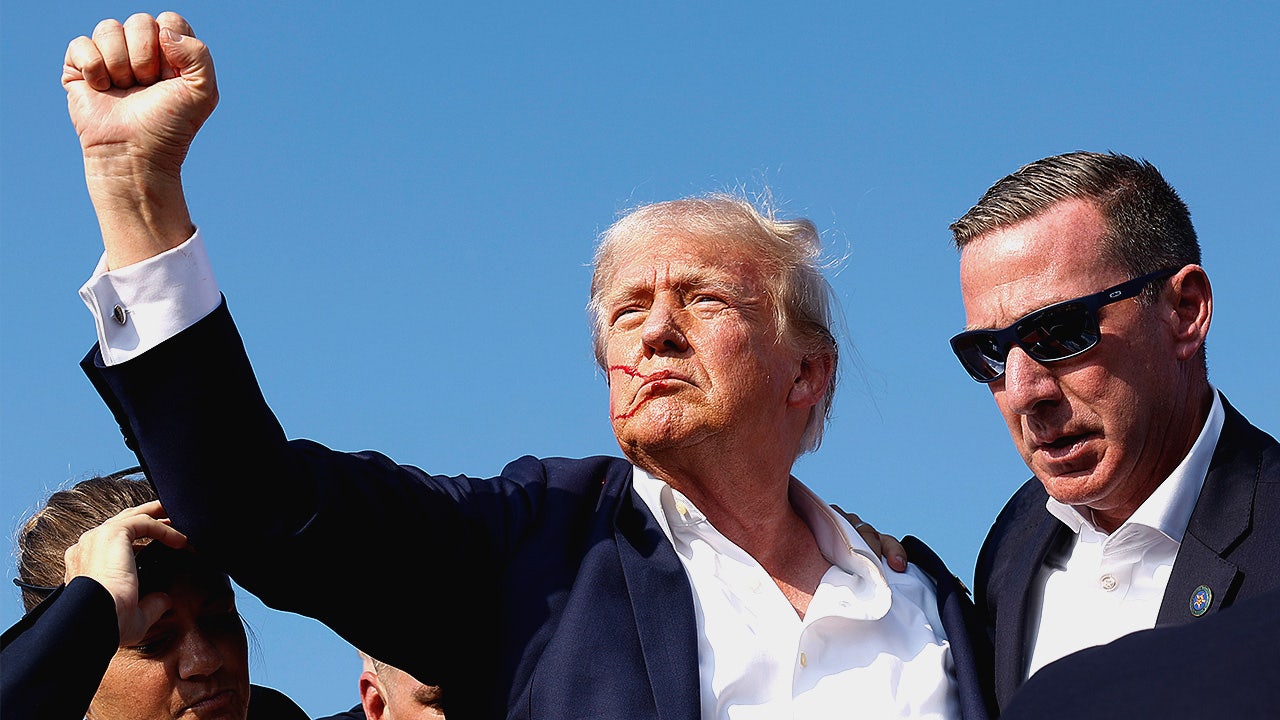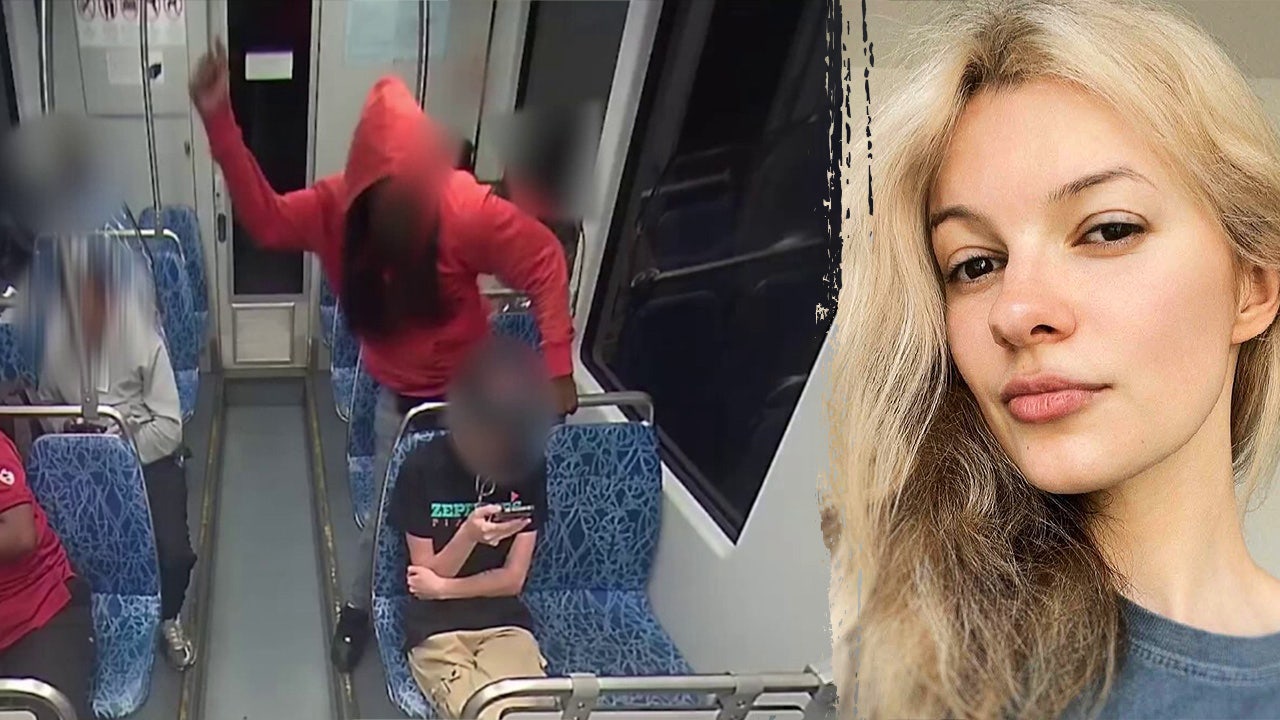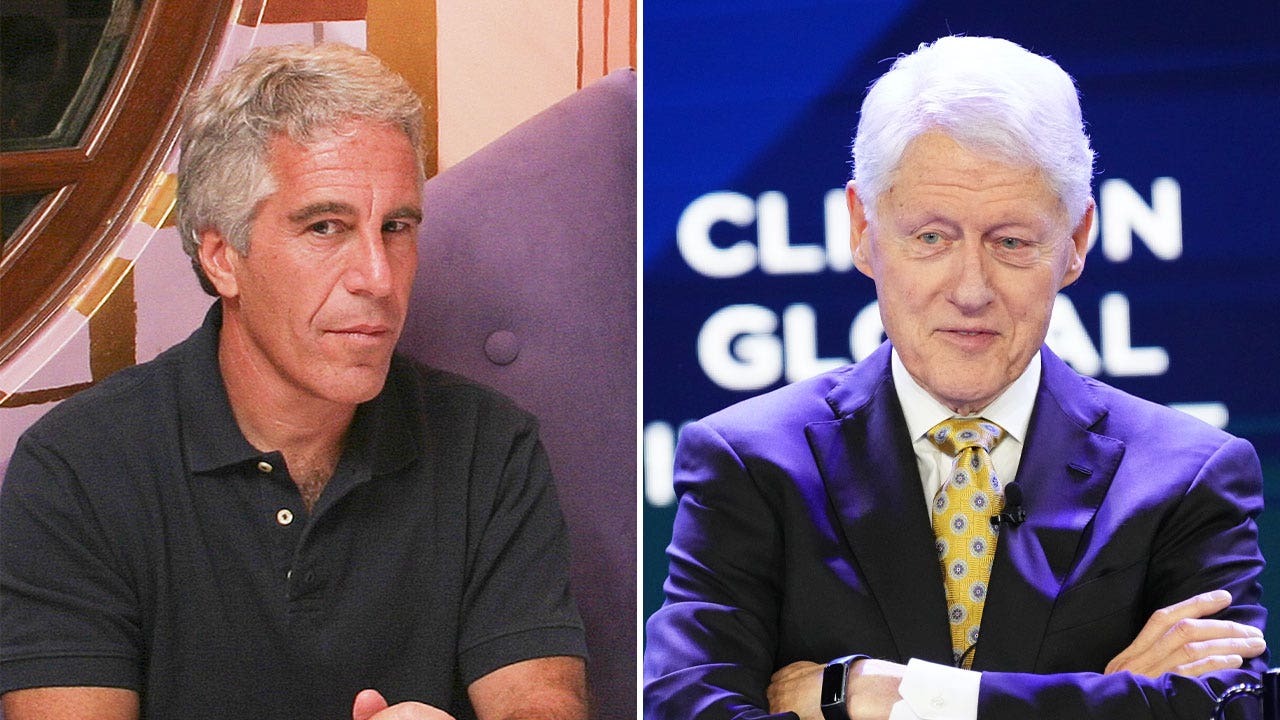Secret Service counter sniper staffing crisis threatens protection, IG says

The Secret Service’s Counter Sniper Team Understaffed, Putting U.S. Leaders at Risk
The safety of U.S. leaders, including the president, is at risk due to understaffing within the Secret Service’s counter sniper team, according to a recent inspector general report.
Just over a year after the team successfully neutralized a gunman who targeted President Donald Trump in July 2024, the report highlights significant gaps in staffing levels and recruitment pipelines within the team.
The Department of Homeland Security Inspector General found that the counter sniper team is operating at 73% below the required staffing levels, which could compromise the agency’s ability to protect high-profile leaders and prevent potential acts of violence.
Rising Demand for Snipers
Despite a 151% increase in events requiring sniper support from 2020 to 2024, staffing levels within the team only increased by 5% during the same period. This imbalance underscores the urgent need for the Secret Service to bolster its recruitment efforts and enhance the capabilities of its counter sniper team.
Reforms and Recommendations
In response to the inspector general report, the Secret Service has committed to implementing a plan to increase staffing levels within the counter sniper team. The agency acknowledges the importance of ensuring a robust and mission-focused workforce to safeguard national leaders and maintain public safety.
Additionally, the Secret Service has already initiated a series of reforms following the assassination attempt against President Trump in 2024. These reforms include expanding the use of drones for surveillance, enhancing radio communications networks, and improving interoperability with state and local law enforcement agencies.
Looking Ahead
While the Secret Service has made progress in addressing the deficiencies identified in the inspector general report, more work remains to be done. The agency remains committed to continuously assessing its operations, implementing recommendations, and making necessary changes to enhance its effectiveness and protect U.S. leaders.




